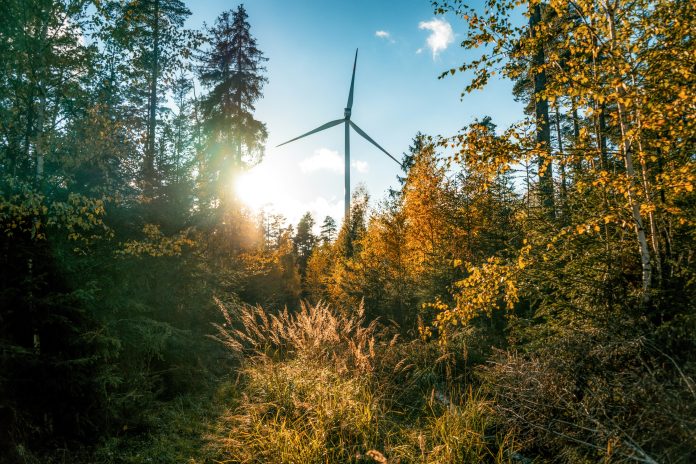Renewable energy has the potential to meet global energy demands, but urgent improvements in grid infrastructure and integrated planning are essential, according to a recent REN21 report.
In 2023, renewable energy achieved a record high, providing 30% of global electricity, with solar and wind accounting for 13%. However, simply increasing the share of renewables isn’t sufficient to transition away from fossil fuels. The report emphasizes the critical need for enhancements in grid distribution, energy storage, and system flexibility to effectively manage the variability of wind and solar energy.
Key insights from REN21’s latest Renewables 2024 Global Status Report module on Renewable Energy Systems and Infrastructure reveal significant trends in policies, deployment, and technological advancements related to electricity grids and energy storage. These developments are crucial for expanding the use of renewables in vital sectors such as heating and transportation.
Global investment in grid infrastructure reached USD 310 billion in 2023—a 5% increase—but this is only half of the annual funding required. Yet, a renewable energy system is already feasible, as demonstrated by countries like Denmark and Lithuania, which have successfully integrated 100% renewable electricity into their grids.
Renewable energy can completely power the world. In a renewables-based system, electricity grids, storage, and sector coupling are essential components for providing a secure and resilient energy supply while integrating variable renewables like solar and wind.
While enhancing renewable energy generation is important, REN21 stresses that it must be accompanied by improvements in transmission and distribution infrastructure, energy storage, flexibility solutions, and comprehensive energy planning.
Current Market Trends
By the end of 2022, 1.5 TW of renewable energy projects were delayed due to grid connection issues, and many areas experienced curtailed renewable generation because of capacity constraints. The rising demand for electricity continues to pressure an already overloaded system. Energy storage is vital for stabilizing grids that incorporate high levels of variable renewables, with utility-scale battery storage growing by 120%, now totaling 55.7 GW globally.
“Grids are the backbone of our electricity systems, yet they often go unnoticed,” said Rana Adib, Executive Director of REN21. “Strategic investments in grid optimization, expansion, regional interconnections, and flexibility solutions will be foundational for a resilient renewable energy future.”
Adib added, “With political will, integrated planning, and increased investment, we can create a world entirely powered by renewable energy.”
High Renewable Shares Already Achievable
The report highlights that several countries are already successfully integrating over 30% of variable renewables into their electricity grids. Denmark leads with 67% of its gross electricity from variable sources, followed by Lithuania at 58%. Other countries, including Greece, the Netherlands, and Spain, have also achieved substantial shares. Notably, Denmark, Portugal, and Germany have reached over 100% of maximum daily renewable penetration.
The Need for Integrated Planning
To prevent bottlenecks in renewable energy deployment, integrated planning across power generation, transmission, distribution, storage, and consumption is essential. Coupling the power sector with transport, heating, and hydrogen production will create a more resilient and efficient energy system.
Current transmission and distribution grids were developed for centralized power generation and must adapt to accommodate increasingly decentralized and variable renewable resources, particularly as electricity demand rises.
The future of energy systems depends on enhancing grids to maximize the potential of renewables through optimization, expansion, storage solutions, and demand-side management.
“Integrated planning is vital for building optimized energy systems and minimizing investments and environmental impacts,” said Adib.
Looking Ahead to COP29
For a successful transition to renewable energy, integrated planning across energy demand, supply, and infrastructure is critical. Immediate investments and policy alignment are necessary to enhance infrastructure such as grids and storage and to facilitate sector coupling.
“High shares of renewables in electricity grids are achievable. There’s no longer any need to prove this; governments must commit to transitioning to renewable-based energy systems. At COP28, commitments were made to triple renewable capacity by 2030. At COP29, the focus must shift to enabling infrastructure. The update of the Nationally Determined Contributions is a key opportunity to embed integrated energy and infrastructure planning in national strategies,” concluded Adib.

